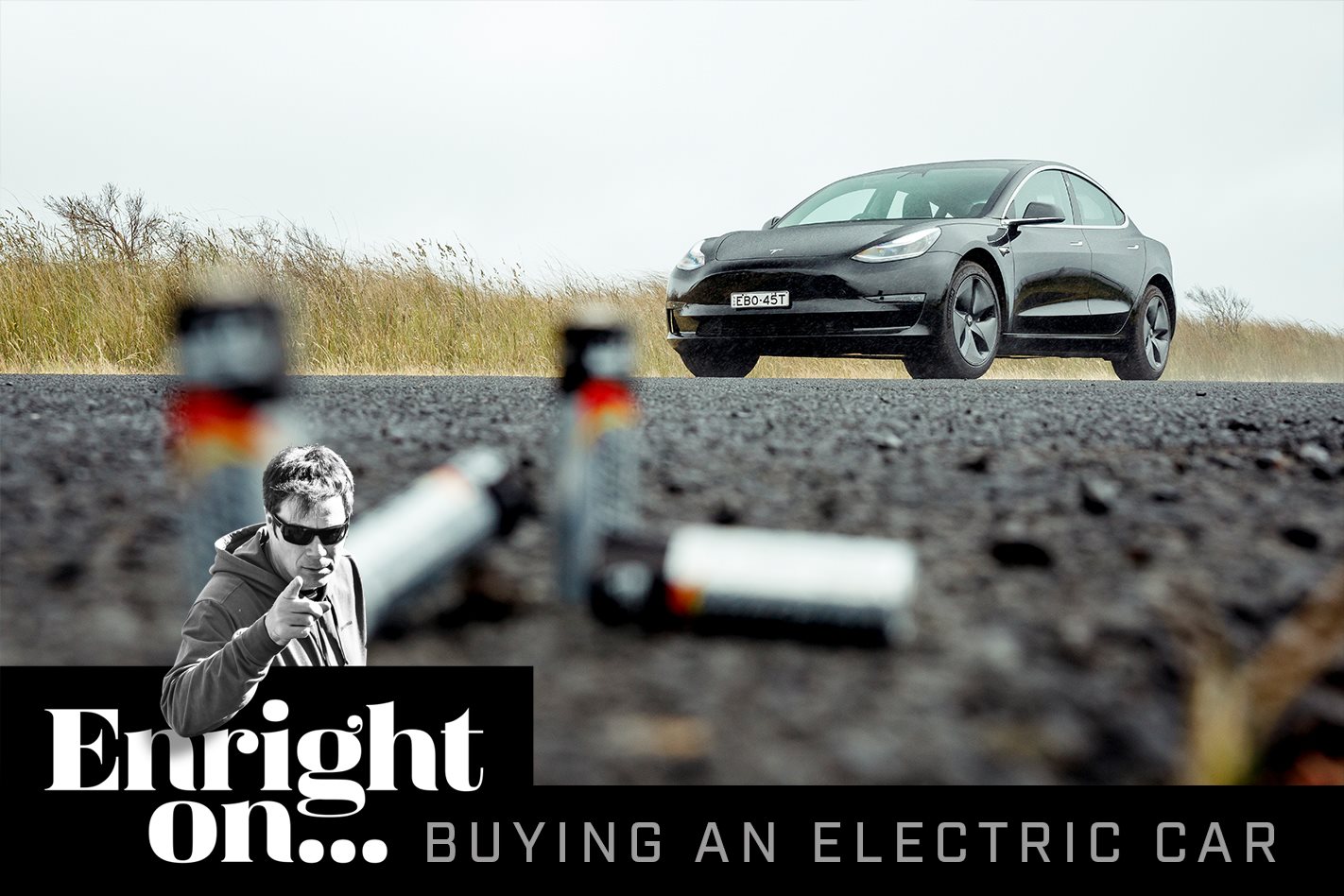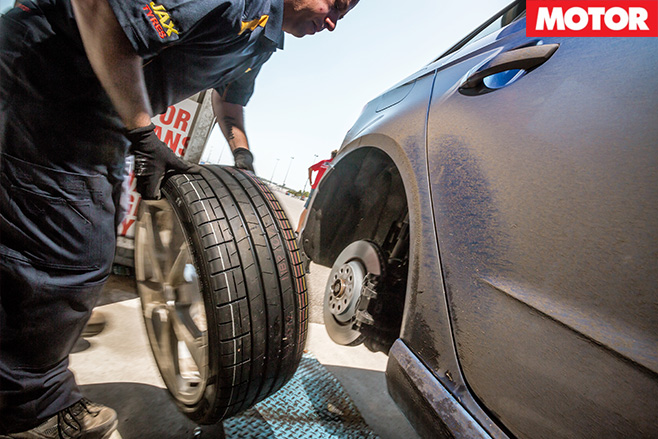It only dawned on me recently, but now I’m calling it. I’ve already bought my last new car with an internal combustion engine.
In case, you’re interested, it was a 2013 Golf 7, fresh off the back of its Wheels COTY win. Now gently meandering on the part of its depreciation curve you’d need a spirit-level to ascertain, the Golf will soldier on for 5000km a year until I buy something battery powered.

When that will be is a thornier question. I’m sure I’m not alone on this one, but I’m in that weird limbo where I don’t want to buy another new internal combustion engined (ICE) car but I don’t think the electric infrastructure is ready yet to make an EV purchase entirely practical, for me at least. I recently had a Tesla for a few days and it was a litany of out of action public chargers and fevered trip planning. Even a bit of desperate eking of range with no headlights and no air con. Things need to change.
And change they will. You only have to look at the UK to see how seismically things can shift on a macro scale. Jaguar Land Rover has ploughed nearly $2bn into the development of electrified vehicles, a significant percentage of which has gone into a range of hybrid tech. It’s one of the few beacons of good news in a motoring industry kneecapped by Brexit. Then, the government sprung a surprise on the industry by announcing that all new ICE cars would be banned from sale in 2035.
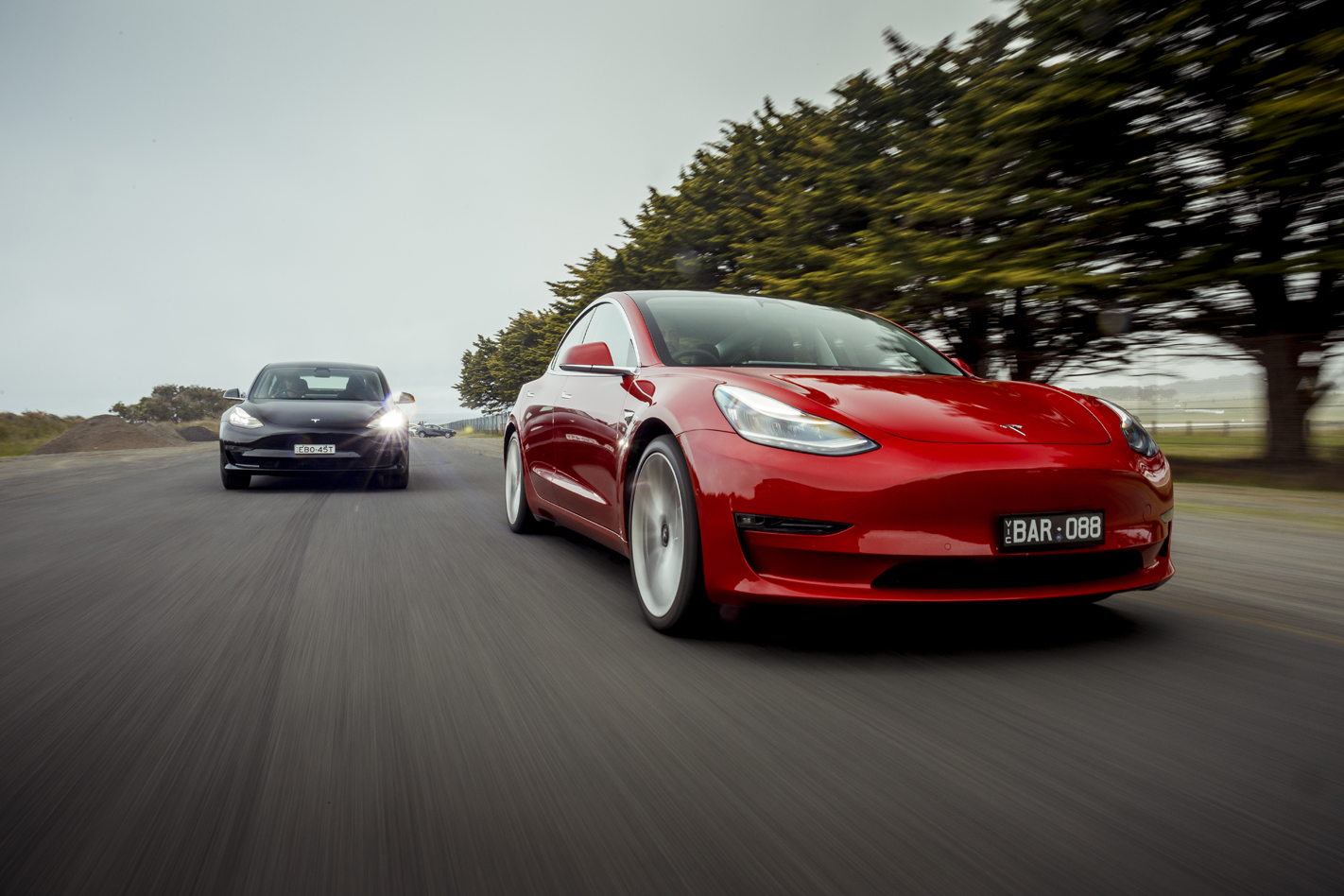
Not only did the date come forward by five years, but the previous wording allowed for ‘electrified’ vehicles, i.e. hybrids. Now Jaguar’s huge investment in hybrids has a maximum shelf life of fifteen years in its biggest market. That’s crippling. On the plus side, it focuses ongoing development in a very specific way.
Australia’s different, I hear you say. We’re a holdout nation of big distances with that peculiar quirk of low petrol prices, punitive electricity charges and a deeply ingrained love of a good V8. You’ve only got to look at some of the fury from online commenters at the latest COTY verdict to see what a good slug of Aussies think of EVs.
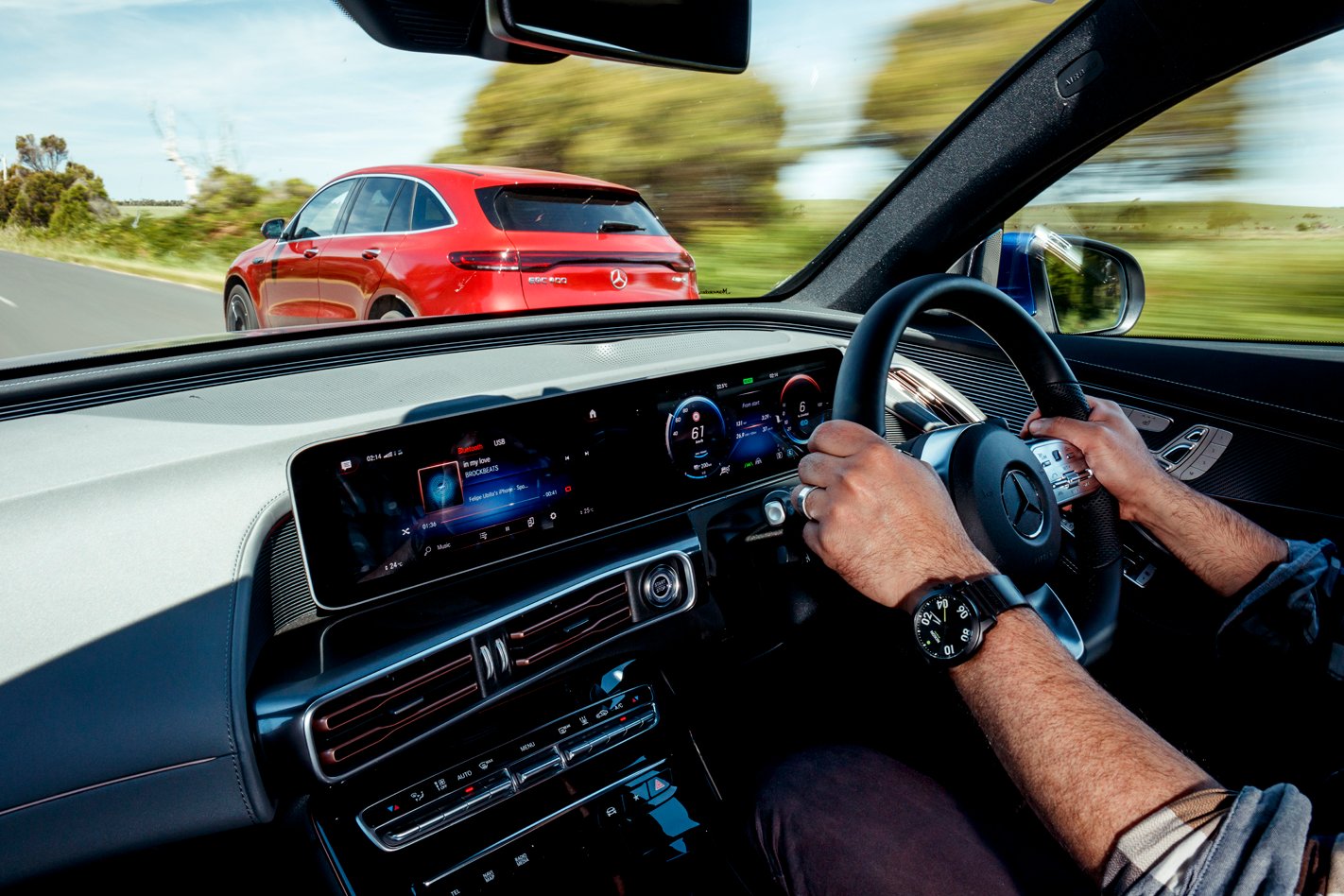
But with no domestic industry to protect anymore, the gloves are off. Last year, a 28-nation survey by Ipsos found that in Australia 44 percent of people ranked climate change among their three biggest environmental worries – 9 percentage points higher than the year before – and well above the international average of 37 percent. The recent bushfires have only served to sharpen that focus and the temptation to tax us into more efficient vehicles at the fuel bowsers could be a win-win the government is, eventually, unable to resist.
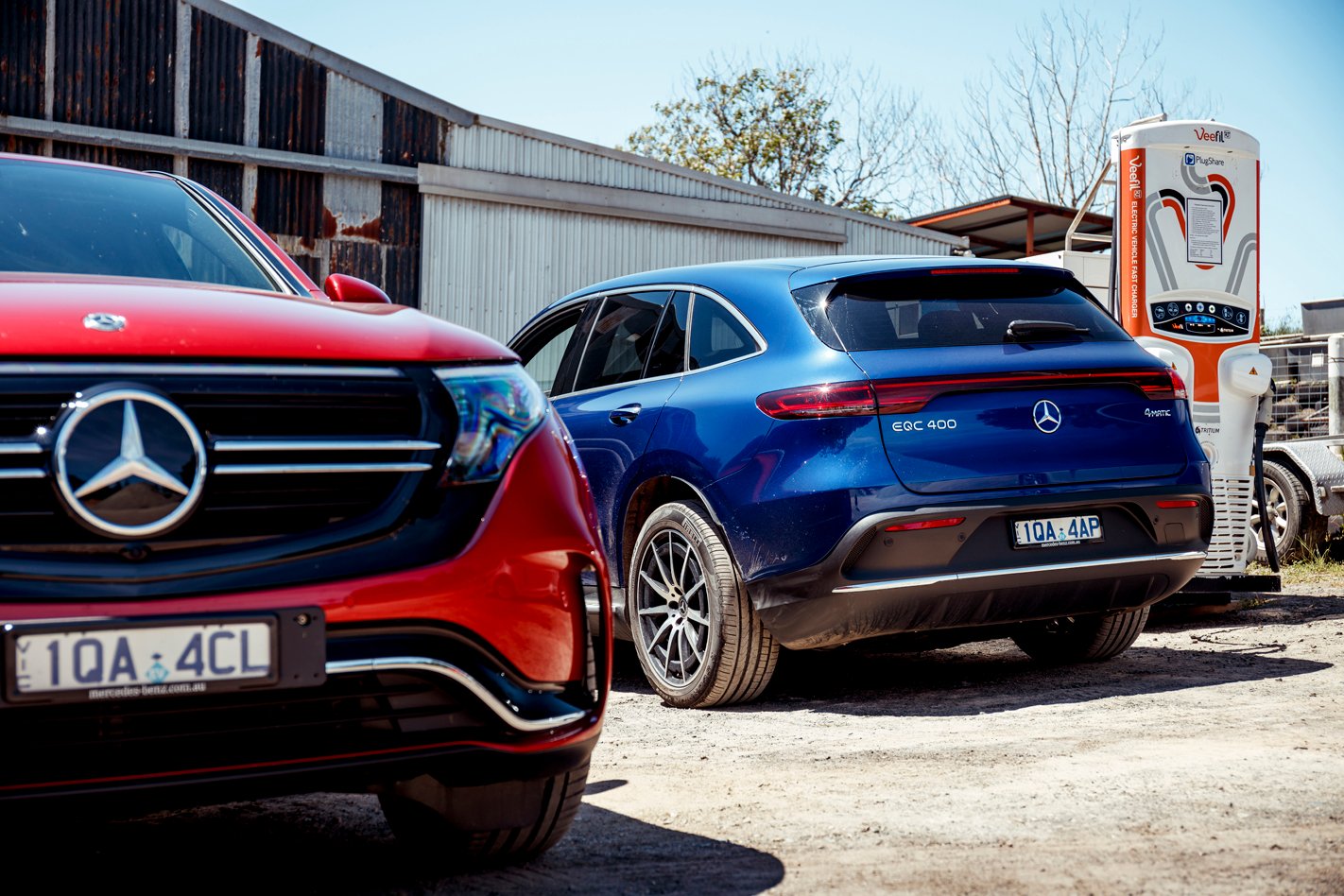
This change in focus manifests in different ways. Ask automotive CEOs about the new internal combustion powerplants their companies are working on and you’ll often get an array of mealy-mouthed evasions. Research and development into new ICE tech is down because they know that the tipping point where the manufacture of a vehicle with an internal combustion engine no longer makes any kind of financial sense is approaching. Granted, it’s not here yet and you’ll be hard-pressed to find an EV right now that’s not being sold at a loss, but the switch is an inevitability.
There are a number of reasons for this. The world’s largest car market is driving the change, with China steadily ramping up its mandatory new energy vehicle requirements. This year it’ll stand at 12 percent of sales, and will keep rising by 2 percent a year to 20 percent by 2025.

Lithium-ion battery density is increasing by 5-8 percent every year such that the range of electric cars could shortly outstrip that of many petrol-engined passenger cars. Also the cost per kilowatt hour of battery packs is tumbling at an astonishing rate. Back in 2010, it cost USD$1000 for one kilowatt hour. In 2017 it had fallen to $200. At Tesla’s shareholder meeting in June 2018, Elon Musk stated that within 24 months, that cost would be $100/kWh, widely perceived as the point at which battery-powered cars become more affordable to build than their ICE equivalents. It’s $155 right now.
While I could still countenance a fun project car (a $15k Toyota 86 with rally rubber, shocks and mudflaps for gravel roads appeals), tipping some serious coin into a new ICE car that could depreciate like a stone has me a little chary. My old man once came home triumphantly with the most expensive Betamax VCR in the shop.

With fewer moving parts, EVs are set to be more reliable, they carry less social stigma, will sidestep clean air legislation and, as the balance tips from fossil fuel usage, ask yourself if there will continue to be a servo every couple of kilometres for your legacy ICE vehicle. The Chiko Roll could be collateral damage.
So while I’m still the guy who sits there with headphones on and a goofy smile listening to raw audio of a miked-up 911 GT3 and laughs himself stupid driving a great V8, the pragmatist in me has already made up his mind. The problem for car manufacturers is that I’m not ready to take the EV plunge yet. Nor, I’m guessing, are you.


